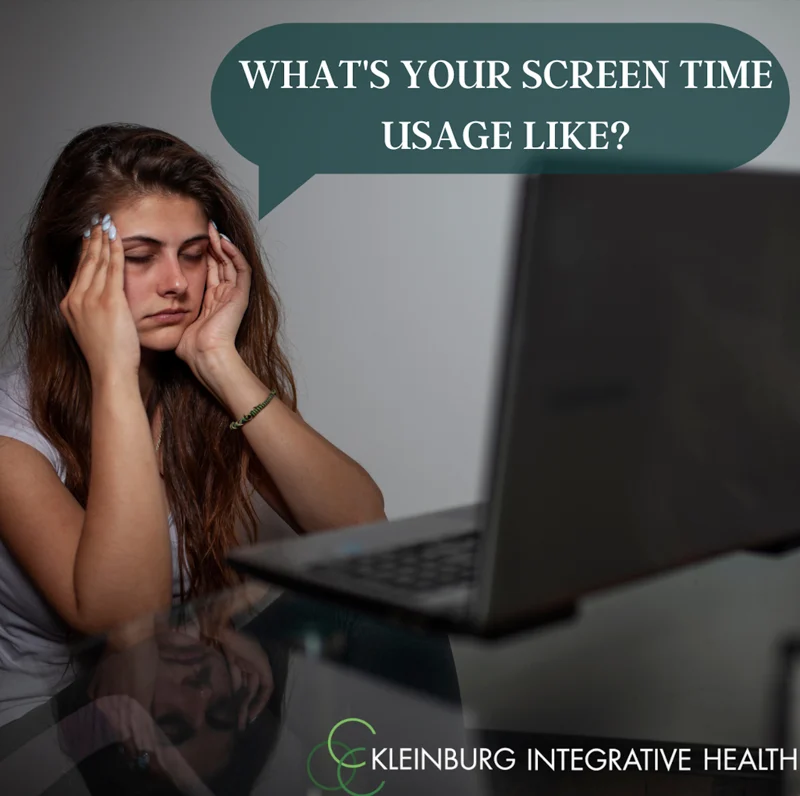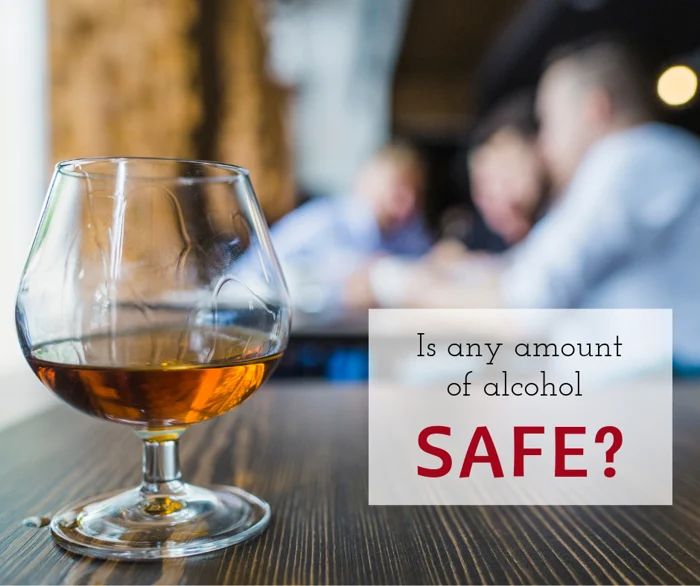
Kleinburg Integrative Health:
Articles
Articles

Is Your Home Toxic?
Environmental Pollution and How to Prevent It
Foreword written by: Dr. Daniella Peri, ND
November, 2019
Are you trying to avoid toxic chemicals in your home? There are a number of ways that you can do this to reduce you and your family’s exposure to harmful substances. Each room in your home has the potential for toxic exposure. Your bedroom can house chemicals such as toxic paint, flame retardant materials in your mattress and toxic glues in your bedroom furniture. These chemicals are known as VOCs (Volatile Organic Compounds) that evaporate and are easily ingested by breathing. Your bathroom and kitchen may also potentially expose you to harmful chemicals with the cleaning products that you use. Avoid cleaning agents with bleach and ammonia and purchase products that are plant derived and have essential oils for both antimicrobial properties and fragrance.
Other toxic chemicals can be found in products that you use on your body such as toothpaste, shampoo, perfume, make-up, lotions and nail polish. While these products are not orally ingested, the chemicals can make their way into your body through breathing, and absorption through your skin and nails. You can reduce your toxic chemical exposure by simply replacing small items such as scented candles and your toothpaste. Additionally, you can help your body naturally detoxify toxic chemicals by eating a lot of dark green veggies and by following a detox protocol created by your naturopathic doctor.
 Is your home affecting your health? If you avoid obvious pollutants like cigarette smoke, you may be pretty certain your home is not toxic. And if you clean regularly, you might even be slightly offended by the suggestion! However, indoor pollutants are much more common than many people realize. The sources of many pollutants are everyday objects and products we don’t consider harmful.
Is your home affecting your health? If you avoid obvious pollutants like cigarette smoke, you may be pretty certain your home is not toxic. And if you clean regularly, you might even be slightly offended by the suggestion! However, indoor pollutants are much more common than many people realize. The sources of many pollutants are everyday objects and products we don’t consider harmful.
The media devotes a lot of attention to outdoor pollution (and it’s a valid health concern). However, indoor air pollution is a growing concern, in part because we spend about 90 percent of our time inside. According to emerging research, including a landmark United Nations study, many commonly used chemicals within the home can act as endocrine disruptors when we’re exposed to them.
 What’s An Endocrine Disruptor?
What’s An Endocrine Disruptor?
Simply put, your endocrine system controls various functions in your body by releasing hormones. It controls how much of each hormone is released based on intricate feedback loops. Certain environmental pollutants have been found to disturb this process.
The result? Imbalances in your hormonal system. When taken to the extreme, these imbalances can put us on the road to disease such as breast, thyroid and prostate cancer, and disruptive conditions like ADHD.
Common Environmental Pollutants In The Home
Unfortunately, it’s not always easy to recognize an environmental pollutant. In fact, some products we identify as “healthy” can be harmful.
Take a look at this list of possible sources of indoor pollution:
1. Cleaning products
Keeping a clean home has long been recognized as an important step in maintaining good health. However, many common cleaning products contain carcinogens such as methylene chloride, which has been linked to increased breast cancer rates.
One thing to keep in mind with cleaning products is that compounds can linger in the air long after the smell has disappeared. For example, molecules in aerosol sprays can be absorbed by dust. That can lead to respiratory irritation.
In addition, these chemicals can react with other compounds in the air, such as ozone and create “secondary emissions” which can be even more harmful.
2. Nonstick cookware
The same chemicals that make nonstick cookware so convenient can also harm your health. Compounds found in materials such as Teflon can contribute to certain cancers and even high cholesterol.
3. Air fresheners
A quick spray of air freshener can make our homes smell fresh and clean. However, the effects on our bodies undermines the pretty scents. When it comes to scented products, it’s often difficult to obtain a complete list of all of the chemicals they contain, but many air fresheners do contain phthalates, which have been linked to hormonal problems, particularly in males.
4. Antibacterial products
Using antibacterial products might seem like a good step towards a healthier home, but studies have found that many commonly used substances in antibacterial products, such as triclosan, can impact our reproductive hormones. As well, overuse has been linked to an increase in allergies for children.
In addition, overuse of antibacterial products is leading to an increase in drug-resistant bacteria.
5. Water
Government regulations are supposed to keep our drinking water safe from contaminants. However, growing evidence shows that our water supplies contain small amounts of hormones, particularly estrogen. Even these small amounts can disrupt our natural hormonal balance over long periods.
6. Plastics
Plastic containers and water bottles might make life more convenient, but in the long run, they’re not the best choices. Many containers and cans contain BPA, or other xenoestrogens. (In fact, many items marked as “BPA free” contain compounds which may be just as harmful.)
Xenoestrogens are endocrine disruptors which specifically mimic the effects of estrogen. Overexposure can lead to weight gain, mood swings, and other symptoms of estrogen dominance.
7. Scented bathing and personal care products.
Did you know that the chemicals that give scented products their distinct smells aren’t regulated? And that 95 percent of those scents originate in petroleum byproducts?
It’s easy to feel a bit concerned when you read a list like the one above! After all, we want a clean home and to use the most convenient products possible. Fortunately, a few small changes can reduce environmental pollution in your home.
How To reduce Environmental Pollution In The Home (AKA Give Your Home A Detox)
1. Don’t try to “mask” unpleasant scents.
Instead of spraying air freshener, try removing the source of the bad odor – wash the dirty clothes (without scented fabric softener!), change the kitty litter. If you need extra ammunition against odors, baking soda is a natural air freshener. A HEPA air filter can also clean air odors right at the source.
For a natural scent, try boiling cinnamon sticks or vanilla pods on the stovetop.
2. Choose cleaning products carefully.
Be aware of “greenwashing” which is the practice of making products appear more eco-friendly than they actually are. The Environmental Working Group has a searchable database of more than 2,500 products.
As well, vinegar, baking soda, and plain hot water can be surprisingly effective cleaners, so doing a bit of research on natural options can pay off.
3. Avoid aerosols.
Using natural air fresheners that rely on essential oils, or even simmering some lemon slices and a few cloves in a pan, will do the trick just as well and without the side effects.
4. Think about the long-term effects of your purchases.
A plastic container might be the cheapest option to store your leftovers, but pause and take a minute to consider the possible impact on your health (and the environment for that matter). Sometimes investing a bit more money is the best choice in the long run. Plus, a stainless steel water bottle, or a glass or ceramic food container should last you much longer.
5. Be careful with plastics.
If you have to use a plastic container, don’t heat it in the microwave. That can cause more xenoestrogens to be released into your food.
6. Consider your water source.
If you want to avoid tap water, consider using a filtration system. (It’s best to avoid bottled water, which is often not much better than tap water and has the added risk of contamination from plastic bottles.) However, the water industry is filled with false claims, and prices can be steep. We can review your options in the office to make sure you make the best choice for your needs.
Of course, everyone is different and we all have unique health concerns and personal goals. If you’d like to learn more about environmental toxins and how you can reduce your risks, give our office a call. Additionally if you are suffering from health issues you can’t seem to figure out the cause of, it could be related to toxins. We can help!
Sources:
https://www.ncbi.nlm.nih.gov/pubmed/30953899
https://www.ncbi.nlm.nih.gov/pubmed/20976153
https://www.sciencedaily.com/releases/2011/08/110824091537.htm
http://www.immuneweb.org/articles/perfume.html
https://www.epa.gov/pfas/basic-information-pfas
https://www.ewg.org/enviroblog/2011/09/your-best-air-freshener-isnt-air-freshener





